Lumbar spine osteosarcoma is manifested by dystrophic lesions in the upper back, damage to the nucleus pulposus and deformity of the disc joints on the background of disorders of the ligamentous apparatus. In this pathological process in the later stages of the disease, blood vessels are involved, and even the nervous system.
What is Lumbar Fibroids?
Lumbar spine tumor is one of the most common musculoskeletal diseases in the world. Unusual pain syndrome in the specified area is felt by 60% of the population, and for 1 in 10 residents diagnosed with osteonecrosis of one form or another, almost half of the cases are due toLoss of lumbar region and sacrum.
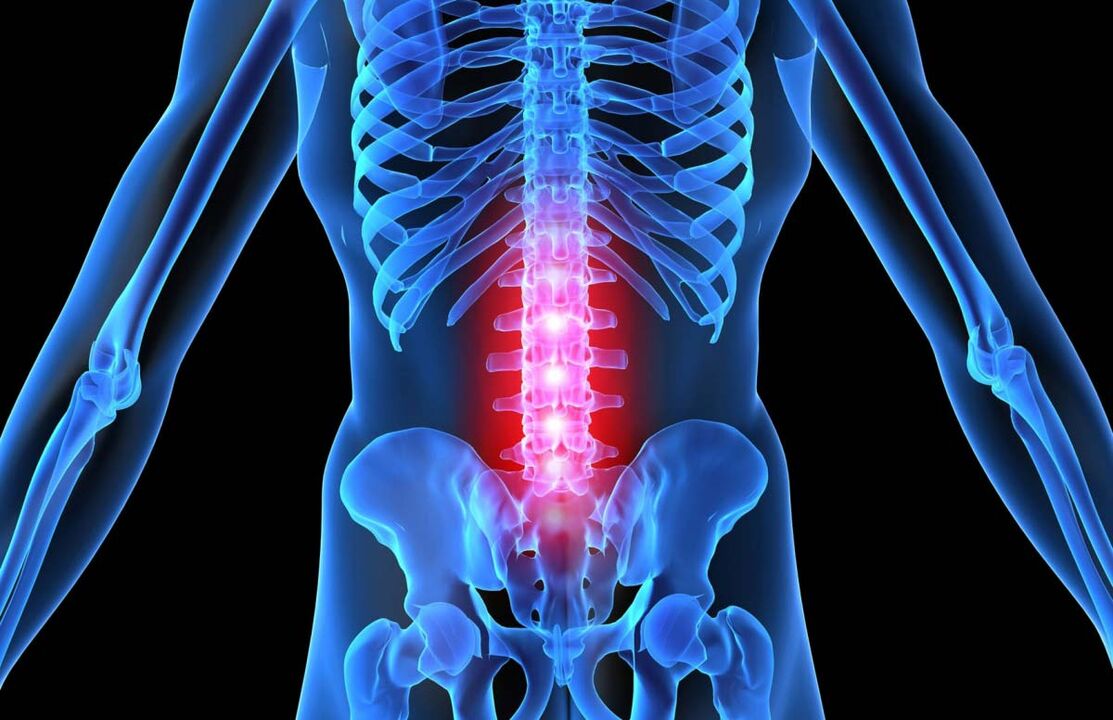
This disease is rapidly "rejuvenating", sometimes occurring even in adolescents and children - this is the fault of a sedentary lifestyle / work, as well as overindulgence in computer games, lack of activityphysical activity - movement games and sports are replaced by a long time at the PC.
However, osteochondrosis of the lumbar spine can also occur from excessive stress, especially if it is aggravated by excess weight. The problem is caused by improper posture, as well as back injuries, non-compliance with the daily regimen and systematic malnutrition.
Negative factors that accelerate the process of forming a precondition for the appearance of this type of osteonecrosis are chronic sleep deprivation, stress, slowing down metabolic processes in the body. A separate category is professional athletes.
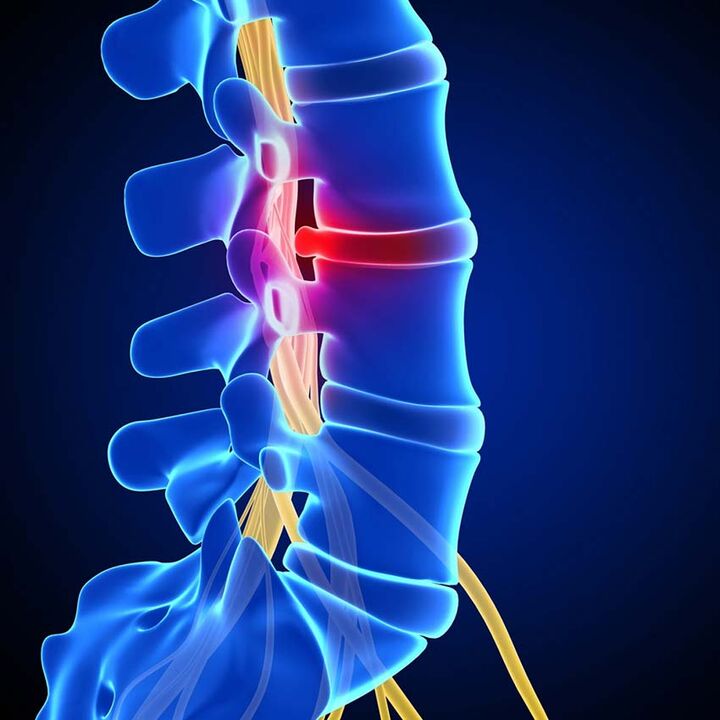
Some specialists note that, in some cases, osteonecrosis is a consequence of a person's genetic factors: the discs simultaneously have a spongy structure and are under the influence of negative factors. pathogens will be destroyed very quickly, the disease progresses more severe. rapidly and is diagnosed only at a late, sometimes irreversible stage.
A particular risk group are those with rheumatoid arthritis, as well as ankylosing spondylitis, which causes the development and complications of the aforementioned autoimmune disease.
The first signs. Symptoms of lumbar osteonecrosis
Of course, the main symptoms of the disease described above include pain syndrome. Prolonged pain in the lower back of moderate intensity, which can be replaced by strong "low back pain", after physical activity or in an uncomfortable position. As a rule, in the supine position, the pain syndrome practically does not appear or completely disappear.
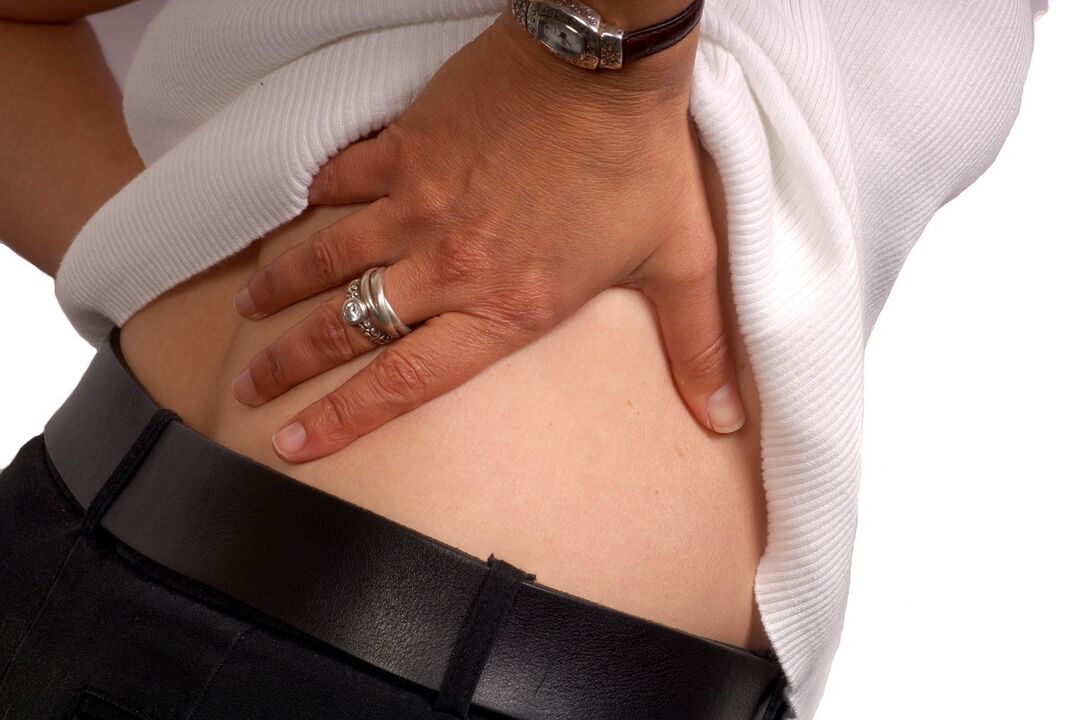
With an exacerbation, as well as with heavy exertion, hypothermia, or non-physiological movements, the pain syndrome is localized in the lower back and enters the pelvis and even the legs.
Specifically, the patient develops the following pathologies:
Nerve root compression
- L 1–2 root lesions: localized pain, loss of sensation in the inner thigh and groin.
- L-5 lesion: low back pain, radiating to the thumb.
- Lesions S-1: pain and numbness of the outer surface of the thigh and foot, temporary loss of reflexes in the soles of the feet and legs.
Arterial damage
Local damage to the DH artery causes:
- Frequent numbness of legs/buttock.
- Loss of sensitivity in the genital area.
- In rare cases, loss of pelvic motor function.
Ischemia compresses blood vessels
Violation of the blood supply to the spinal cord and additional peripheral structures leads to structural "thinning" of the intervertebral discs and, as a result, abnormal mobility of the spine, formation of osteoblasts and osteonecrosis.
Marrow disease
Narrowing of the spinal canal causes cyclic paroxysmal quadriplegia, a syndrome of "lumbar" pain of the lower back accompanied by retrograde jerking of the thighs. Against this background, asthenia / hypoplasia of the gastrocnemius / gluteal muscles develop, the loss of foot, anal and Achilles reflexes, paralysis of the feet.
Treatment of osteonecrosis of the lumbar spine
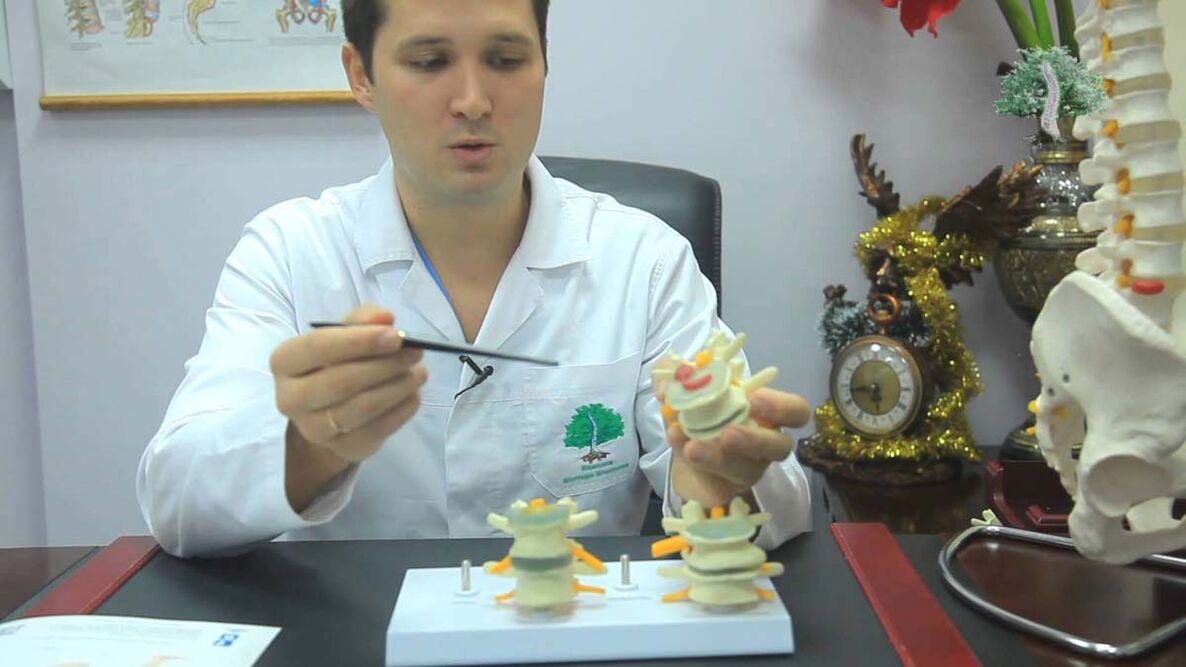
It is possible and necessary to treat the disease. Naturally, in this case, only complex therapy will help, aimed at reducing the symptoms of autoimmune diseases, restoring the structure of the spine and preventing the recurrence of the problem.
Complex therapy of the above disease includes:
- Taking medication.
- Blockade of injections.
- Gymnastics and exercise therapy.
- Massage and hand therapy.
- Physical therapy.
Preparations for lumbar osteonecrosis
- Analgesic.
- Restore chondroprotectors.
- Vitamin. Optimal - group B.
- Injections. Anesthetic, cartilage restorer and blood microcirculation normalizer.
- Local funds. Corticosteroids as well as anti-inflammatory drugs.
Exercise treatment for degenerative lumbar spine
An important element of spinal rehabilitation. All procedures are individually developed, aimed at relieving pain and muscle spasms, normalizing blood circulation and restoring disc activity.
Massage therapy for degenerative lumbar spine
Massage is an integral component of the complex therapy of the disease. It relaxes and exercises the muscles in the lower back, induces cartilage tissue repair and relieves pain.
Usually, with the disease described above, therapeutic methods, acupressure, hardware, vacuum and connective tissue massage are used.
Physical therapy
As a rule, physiotherapy is indicated for patients with lumbar spondylolisthesis only in the period of remission of the disease, after overcoming the period of exacerbation of the problem.
Modern and classic techniques:
- Acupuncture. Contact the acupuncture points of the back with a special needle.
- Lengthen. Classic technique of spinal stretching on a massage-pull bench, performed by a qualified chiropractor.
- Electrophoresis. Known since the 60s, a complex method that does not work in affecting the affected areas has external problems.
- Decompress the traction. Automated hardware spinal stretching at a special medical complex.
- Shockwave therapy. The use of infrasound waves to treat osteonecrosis.
- Osteopathy. A complex technique that combines chiropractic, massage and therapeutic elements.
- Acupuncture. Direct effect of alternating magnetic field on the spine.
- Laser puncture. Treat the acupuncture points with an induced beam of radiation.
- Electrical stimulation. The use of small alternating currents in the affected areas.
Prevention of lumbar osteonecrosis
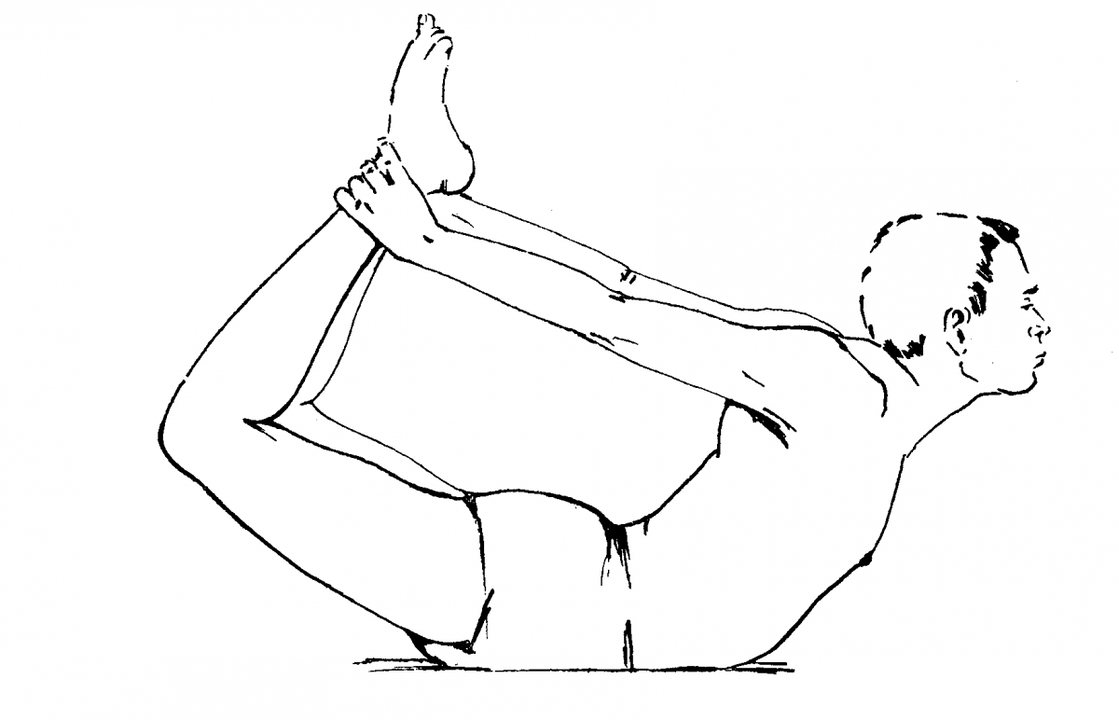
After undergoing complex treatment and physiotherapy, long-term supportive treatment is required: during this period the spine is still weak and needs support. In addition, prevention is aimed at preventing the occurrence of osteonecrosis of the lumbar spine. Main activities:
- Do regular balanced exercise, preferably under the supervision of a qualified pediatrician.
- Normalization of body weight: quite often, an overweight person is an exacerbating factor affecting the formation of osteonecrosis.
- Adjust your diet. A typical diet should include foods rich in elements such as calcium and magnesium. In this case, it is necessary to exclude foods that are too fatty and unhealthy, as well as other foods that do not fall under the healthy food definition.
- Reject bad habits. Alcohol and smoking enhance all destructive processes in the body, this also applies to the appearance of osteonecrosis.
- Correct posture. Be sure to monitor your posture, especially if your work involves a computer or other sitting activity. Also pay attention to your child - how and for how long your child sits. Normal correct posture will allow you to prevent the occurrence of scoliosis and, therefore, in the future degenerative diseases of the joints.
- Use the right shoes, clothing and accessories, and avoid carrying weights frequently. Improper shoes, a heavy bag on the shoulders, working as a burden - all these factors sometimes have a decisive influence on the onset of destructive processes in the spine.
Answer the question
What kind of pain occurs with this type of osteonecrosis?
Osteoma of the lumbar spine is characterized by several types of pain. First of all, these are uncomfortable sensations localized in the lumbar region, continuing for a long time and markedly increasing with increasing motor activity and manual labor. This type of pain should go away if the body is horizontal for at least 15–20 minutes.
If the disease is aggravated by hypothermia, prolonged heavy physiological stress, or "intermittent" strong movements, then in addition to the aforementioned background pain, there is also a "shooting" effect, localized in the pelvic fossa and radiating to the lower abdomen. taste. the four limbs.
Is gymnastics helpful for this osteonecrosis?
Therapeutic gymnastics allows you to strengthen the good effect of complex therapy of the disease, partially develop the disc components of the joint, and at the same time relax / train the muscles in the lumbar region. In addition, regular proper massage eliminates the unpleasant pain associated with osteonecrosis.
A specific set and list of exercises, the number of approaches and the frequency of exercises are developed for you by the attending physician: the doctor will take into account the current stage of the disease, the list containsThere may be contraindications and limitations, the patient's condition, and recommendations for practical methods of using exercise therapy.
























